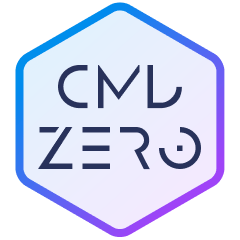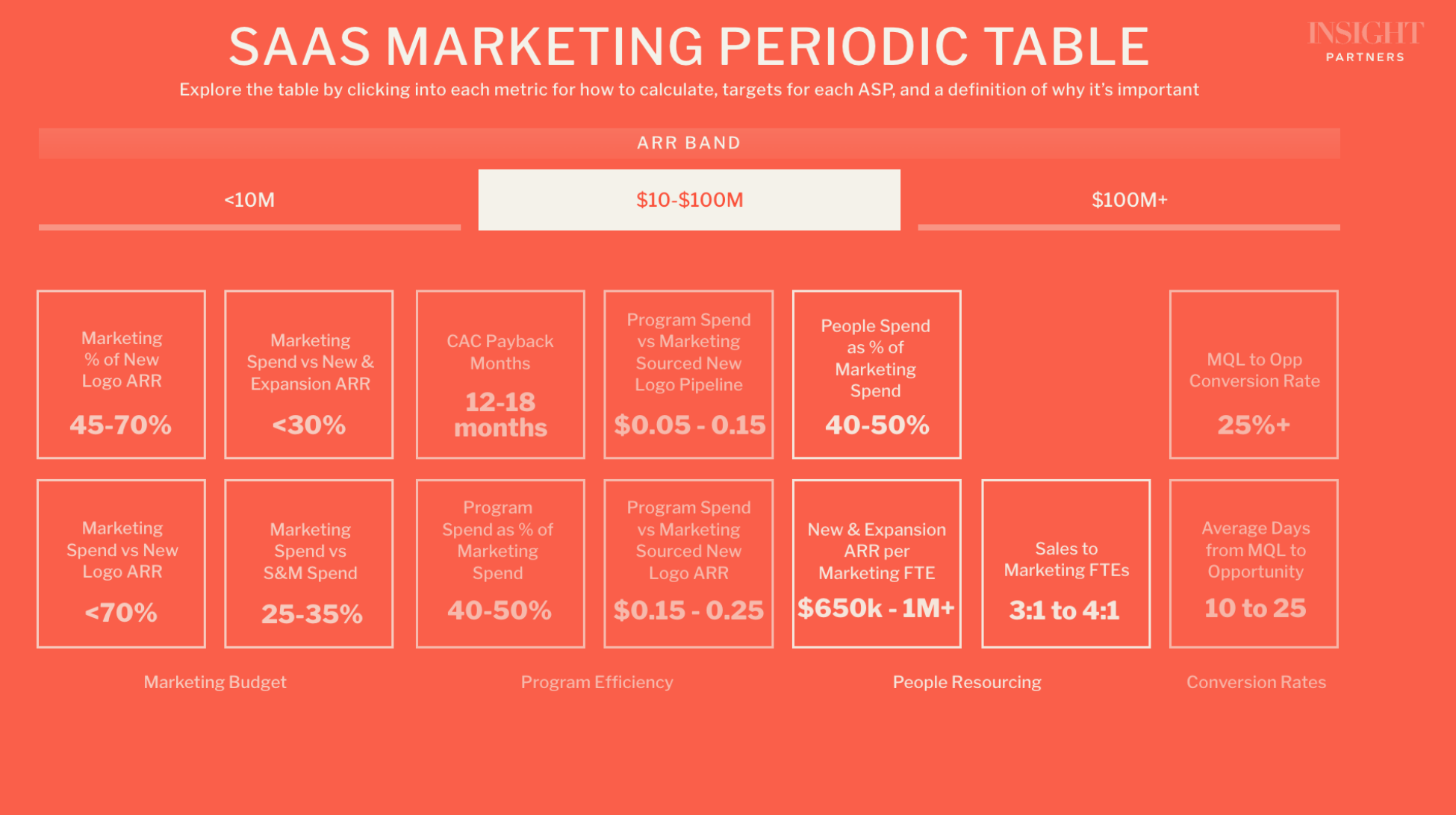[REPORT] R&D insights from 250+ ScaleUp companies to guide planning in 2024 and beyond

Jump to report download.
R&D organizations within SaaS companies are strategically realigning priorities in response to major economic changes and global challenges over the last two years. In particular, R&D organizations are shifting from a “growth at all costs” mindset toward sustainable growth in the face of disruptive market headwinds.
Based on a survey of over 250 SaaS ScaleUps in our portfolio, the 2023 ScaleUp Company R&D Trends Report offers data-backed guidance around R&D investment, SaaS cost of goods sold (COGS), R&D operational metrics, tech stack choices, and generative AI opportunities.
Questions we address for founders and leaders in this report
- How much should we invest in R&D at specific growth stages?
- What should our hosting costs be?
- How do R&D teams allocate time spent across new features, defects, tech debt, architectural evolution, and more?
- How do product development teams align?
- What operational metrics get tracked across the R&D software development lifecycle (SDLC)?
- What R&D technologies are peer companies using for infrastructure, engineering, and product operations?
- How are companies leveraging generative AI within R&D?
We highlight the high-level findings here in this post, and you can access the full report by filling out the form below.
R&D investment has increased across all growth stages
Across all company growth stages, R&D investment (as a percentage of subscription revenue, and as a percentage of total operating expenses) has increased between 2021 and 2022. For smaller companies already investing heavily in R&D, even a minor increase in R&D investment is significant compared to revenue.
This showcases how companies are shifting their investment focus from aggressive growth to cost optimization and building for sustainable future growth in 2024 and beyond.
Additionally, earlier stage companies ($0 to $10M ARR) are allocating more time to solving defects, addressing technical debt, and enhancing their platform architecture, indicating thoughtful sustainability is being implemented at all growth stages.
SaaS COGS remain highest in hosting and infrastructure and customer support
A majority of R&D companies break SaaS COGS down into hosting and infrastructure, customer support, infrastructure and operations headcount, direct third-party software/data, or professional services. A majority of SaaS COGS fall within hosting and infrastructure and customer support, indicating a continued focus towards optimizing hosting and infrastructure costs to enable sustainable scaling.
R&D organizations remain stable in composition — but are increasingly aligning around customer-facing products
While R&D hiring in 2023 has decreased by approximately 80% within early- and mid-stage companies, R&D team composition remains stable, meaning companies are maintaining best-practice engineering-to-product ratios (4.5:1) and all required roles are represented in well-formatted product development teams to ensure an effective and efficient R&D organization. Infrastructure and operations evolves from a shared responsibility to a dedicated function as companies scale; consider building a dedicated infrastructure and operations team between $20M to $50M ARR.
Surveyed companies typically have six to eight full-time employees (FTEs) per product development team, including dedicated engineers and dedicated or shared QA, product, and operations resources. ScaleUp company survey participants typically have around four to five engineers per product FTE (e.g., the 4.5:1 ratio — product managers/owners, UX designers, technical writers); consider this metric to ensure R&D teams are well-informed and well-functioning.
Additionally, R&D organizations are increasingly aligning teams around customer-facing products and value propositions instead of internal structures within both the early stage ($0 to $10M ARR) and mid-stage ($10M to $100M ARR).
R&D operational metrics are critical to maintaining effective, high-quality products
R&D organizations track a variety of operational metrics across product feedback and usage, quality, DevOps, strategic alignment, and engineering operations and performance. Metrics tracked by R&D organizations have remained largely consistent over the last year, though there is an ongoing focus on tracking more sustainability metrics such as retention and roadmap resource allocation. A greater focus on measuring sustainability enables companies to identify high impact areas of optimization in the face of challenging economic conditions.
R&D tech stack choices vary across organizations
R&D organizations are leveraging best-in-class tools and technologies across engineering, operations, and product operations to support effective and efficient product development. Within the cloud computing infrastructure market, Azure and Google Cloud are gaining share rapidly due to strong AI/ML capabilities and competitive pricing. AWS remains a market leader by offering the most comprehensive suite of cloud services with proven reliability and scalability.
GenAI appetite is at an all-time high
The appetite for genAI within R&D organizations significantly increased in 2023. The launch of ChatGPT led to an increased interest in genAI tools, which drove a substantial increase in projected spend on genAI tooling for R&D organizations of all sizes.
Additionally, companies across all stages are leveraging generative AI in R&D primarily to accelerate engineering efforts, support improved documentation, and promote higher-quality testing.
Download the full report
Download the full report by completing the form below.









